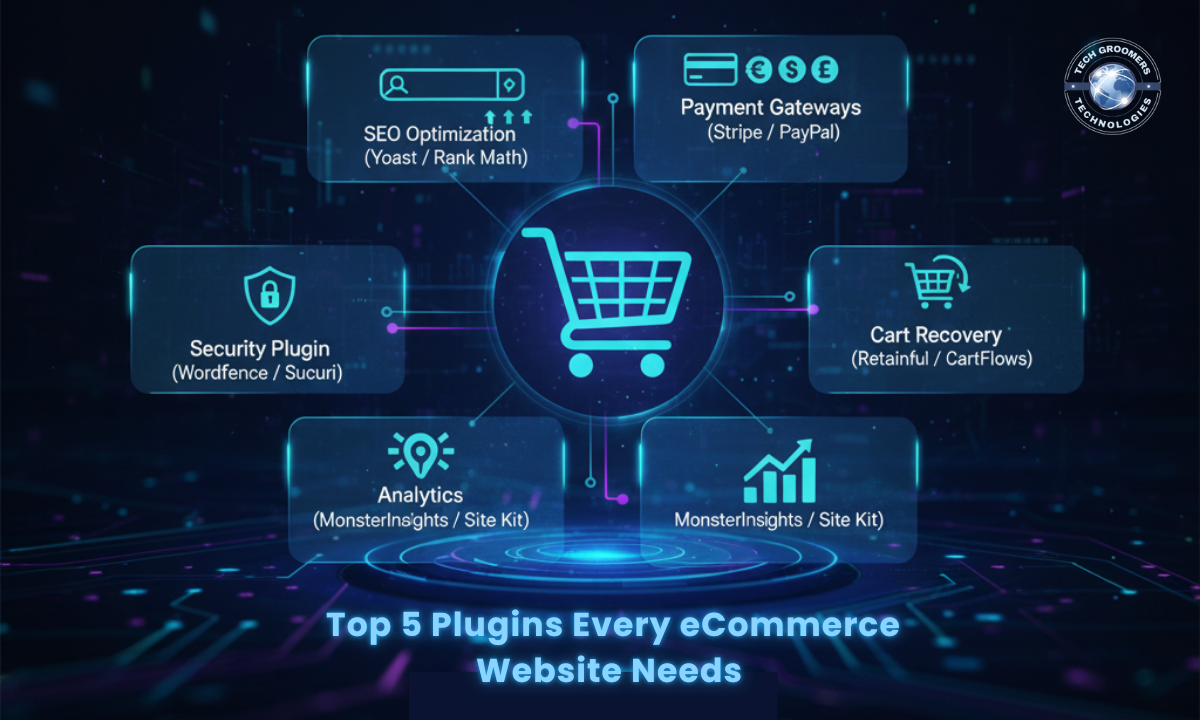Grab a coffee, pull up a chair, and let’s geek out for a minute. If you’ve been hearing buzz about Google Gemini and wondering how it fits into your SEO toolkit, you’re in the right place. At TechGroomers, we’ve been experimenting with this cutting‑edge AI model to discover practical ways it can turbo‑charge search engine optimization efforts in 2025. Below is a step‑by‑step roadmap on putting Gemini to work for higher rankings, richer content, and happier users.
What Is Google Gemini?
In simple terms, Google Gemini is the tech giant’s next‑generation multimodal AI. It digests text, images, code, and even audio to generate advanced insights. Think of it as a super‑charged assistant that can interpret search intent, recommend improvements, and create data‑driven content—all in real time. For SEO professionals, that means smarter decisions and faster workflows.
Why Gemini Matters for Modern SEO
Search algorithms increasingly reward relevance, depth, and user satisfaction. Google Gemini helps you tick those boxes by:
- Understanding Intent: It analyzes queries more like a human, surfacing hidden themes you might miss.
- Spotting Content Gaps: It highlights topics competitors cover—but you don’t—so you can fill the void.
- Generating Rich Media: It drafts text, suggests visuals, and even outlines video scripts, making your pages more engaging.
- Optimizing at Scale: It automates routine tasks—metadata generation, internal linking ideas, FAQ creation—freeing you to focus on strategy.
Step 1: Feed Gemini Your Current Content
Start by exporting existing blog posts, landing pages, and product descriptions into the tool. Gemini will evaluate keyword distribution, readability, and topical authority.
Action Items
- Upload a site map or batch of URLs.
- Ask for an SEO health report highlighting thin pages, orphan content, and over‑used keywords.
- Request a list of priority pages to refresh first.
TechGroomers Pro Tip: Keep an eye on single‑word keyword frequency. Aim for natural language; Gemini’s suggestions help you stay under the 3 percent threshold.
Step 2: Perform AI‑Powered Keyword Research

Traditional keyword tools are great, but Google Gemini adds an intent layer. Instead of raw volumes, it clusters phrases by user goals—information, comparison, purchase, and post‑purchase.
Action Items
- Enter a seed term such as “eco‑friendly sneakers.”
- Ask Gemini to group queries into funnel stages: discover, evaluate, buy.
- Export long‑tail suggestions with difficulty scores.
Why It Rocks: You’ll surface two‑word and three‑word gems that competitors ignore, keeping density targets in check while capturing intent.
Step 3: Generate Outline & Semantic Structure
Next, feed the chosen keyword clusters back into Gemini and request a content outline. The AI will map headings (H1‑H3), related questions, and schema markup ideas.
Action Items
- Request a 1,200‑word outline for each primary topic.
- Ensure sections include FAQ blocks—perfect for featured snippets.
- Copy recommended JSON‑LD snippets into your CMS.
Remember, the three‑word phrase search engine optimization should appear naturally—keep it below ten mentions in a 1,000‑word piece.
Step 4: Draft Engaging, Optimized Copy
Gemini can write complete paragraphs, but we suggest using it as a collaborator, not a ghostwriter. Blend its draft with your unique voice to avoid generic fluff.
Action Items
- Generate intro hooks, bullet lists, and meta descriptions.
- Check keyword density: one‑word terms < 3 %, two‑word phrases < 2 %, three‑word combos < 1 %.
- Add internal links to cornerstone pages suggested by Gemini.
TechGroomers Workflow: Our editors always run AI output through originality and tone checks before publishing.
Step 5: Enhance Technical SEO Recommendations
Beyond content, Google Gemini can audit technical factors:
- Page Speed: It identifies large images or render‑blocking scripts.
- Mobile UX: It flags tap targets, font sizes, and cumulative layout shift issues.
- Core Web Vitals: It offers code snippets to optimize LCP and INP metrics.
Action Items
- Upload your latest performance reports.
- Ask Gemini for prioritized fixes with estimated impact scores.
- Implement changes, then re‑crawl to verify improvements.
Step 6: Create Multimodal Assets
Search results favor pages rich in media. Gemini’s multimodal capacity lets you:
- Generate descriptive alt‑text for images.
- Outline storyboard ideas for short explainer videos.
- Suggest schema for podcasts or infographics.
Adding these assets boosts dwell time and engagement—metrics that indirectly lift rankings.
Step 7: Automate Ongoing Optimization
Set up recurring prompts so Gemini reviews new content weekly. It can:
- Monitor SERP shifts and suggest headline tweaks.
- Detect cannibalization and propose consolidation.
- Surface emerging questions from “People Also Ask.”
With TechGroomers managed services, we configure these automations and deliver monthly insight dashboards straight to your inbox.
Ethical & Practical Considerations
While Google Gemini is powerful, remember:
- Fact‑Check: AI can hallucinate; verify data points.
- Brand Voice: Keep messaging consistent; don’t let AI overwrite your identity.
- Compliance: Ensure generated content meets industry regulations and accessibility standards.
Future Trends: Gemini, SGE, and Beyond
Google’s Search Generative Experience (SGE) is rolling out globally. Gemini powers these AI snapshots, meaning well‑structured, semantically rich pages will likely appear in AI answers. Early adoption gives you a head start.

Final Thoughts
Leveraging Google Gemini for better SEO isn’t about replacing human creativity; it’s about amplifying it with deep data and instant recommendations. From keyword discovery to technical tuning, this AI assistant can shorten workflows and sharpen results.
At TechGroomers, we’re already using Gemini to craft data‑driven strategies for clients across industries. Ready to see what an AI‑enhanced SEO plan looks like? Visit TechGroomers to schedule a consultation, and let’s build a smarter, faster path to page‑one visibility together.
Happy optimizing!




Leave a Reply